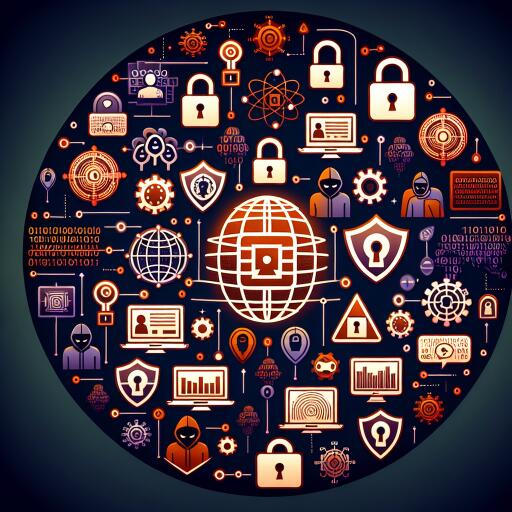News Brief: Week’s Top Breaches Stem from Third-Party Attacks
Cybersecurity challenges remain a critical concern for enterprises, as recent events have shown. Despite awareness of threats, breaches and compromises through third-party sources continue to cause significant disruptions for businesses worldwide.
According to a survey conducted by PwC for its “2025 Global Digital Trust Insights,” more than 4,000 business and tech leaders identified key security threats that modern organizations face. Alarmingly, the threats that worry them most are those they’re least prepared to handle. Cloud-related threats, hack-and-leak operations, third-party breaches, connected device attacks, and ransomware topped the list of concerns that security leaders acknowledged being inadequately equipped to address.
In light of these insights, the past week’s cybersecurity news illustrates the persistence and impact of these issues. Various organizations have found themselves in the limelight due to data breaches, data leaks, and cyberattacks.
Cloud-Related Threats
Cloud services have transformed business operations, offering unmatched flexibility and scalability. However, they also introduce vulnerabilities, particularly when security measures lag behind advancements. Recent reports indicate an increase in incidents where sensitive information stored in the cloud was exposed due to misconfigurations and inadequate access controls.
This has prompted experts to recommend robust encryption practices, regular security audits, and stringent access management to safeguard cloud environments from unauthorized access and breaches.
Hack-and-Leak Operations
Hack-and-leak operations, where attackers infiltrate systems to extract data and then release it publicly, have become alarmingly commonplace. These operations often have political undertones or aim to damage reputations and undermine trust in platforms or institutions.
This form of cyberattack highlights the need for comprehensive incident response plans and the importance of maintaining transparency with stakeholders to mitigate fallout in such scenarios effectively.
Third-Party Breaches
The reliance on third-party vendors and service providers has inadvertently expanded the attack surface for many organizations. When these third parties are compromised, it can have a domino effect, compromising the security of the primary organization. Recent breaches underscore this growing concern, as attackers target vulnerabilities in supply chains to gain access to more extensive networks.
In response, experts advocate for rigorous vetting procedures for third-party partners and continuous monitoring of their security measures. Establishing clear contractual obligations regarding data security is also critical in safeguarding against potential threats originating from these partners.
Connected Device Attacks
The proliferation of the Internet of Things (IoT) devices has created a new frontier for cyberattacks. With many of these devices lacking robust security features, they are prime targets for hackers looking to exploit them for malicious purposes, such as creating botnets or launching distributed denial-of-service (DDoS) attacks.
Ensuring that connected devices receive regular security updates and are integrated into the overall security framework of the organization is crucial for reducing exposure to such threats.
Ransomware
Ransomware attacks continue to be a formidable threat, evolving in sophistication and frequency. These attacks can cripple essential services, cause significant financial losses, and disrupt operations for extended periods. Recent incidents highlight how even well-prepared organizations can fall victim to ransomware, making it imperative to have effective backup and recovery plans and to invest in educating employees on recognizing and avoiding phishing attempts that often lead to these attacks.
In conclusion, the persistent nature of these cybersecurity threats underscores the need for organizations to remain vigilant and adaptable. With the landscape continually evolving, businesses must prioritize developing and maintaining comprehensive security strategies that are resilient to both known and emerging threats.
Stay informed and prepared as new challenges arise and ensure your organization’s cybersecurity posture is robust enough to withstand the ever-growing range of cyber threats.










